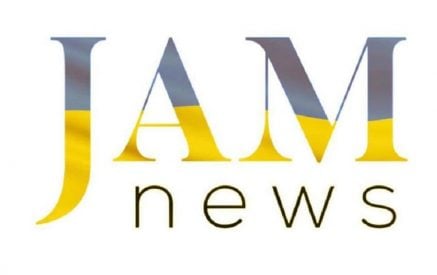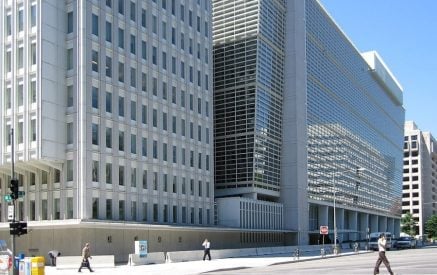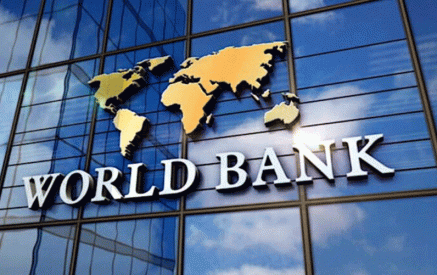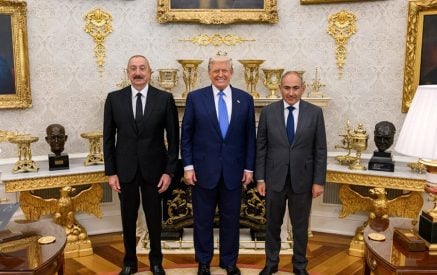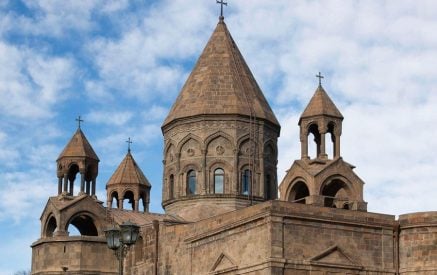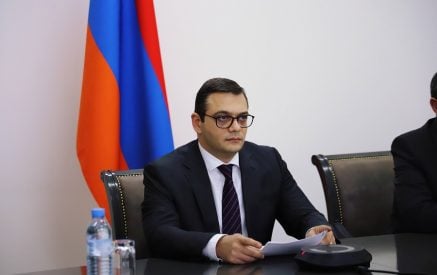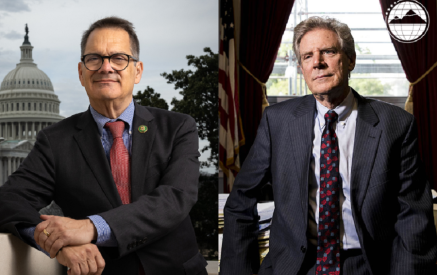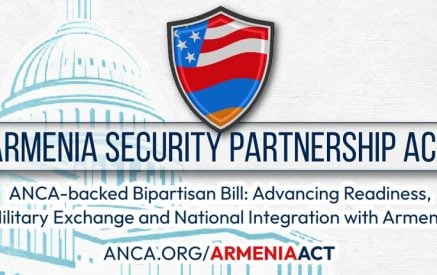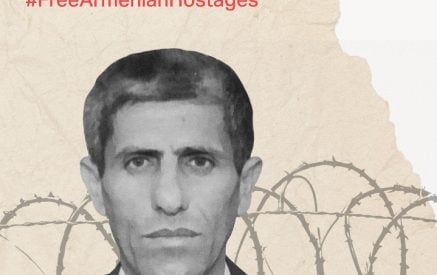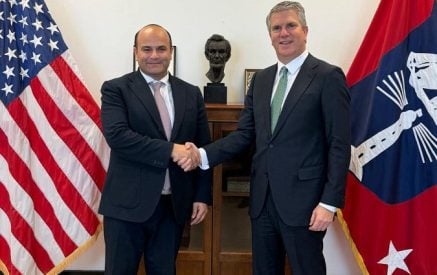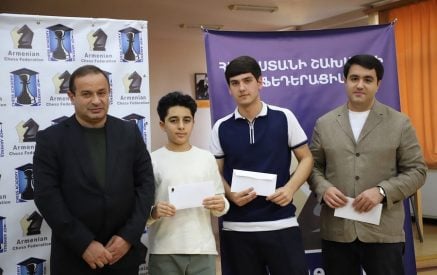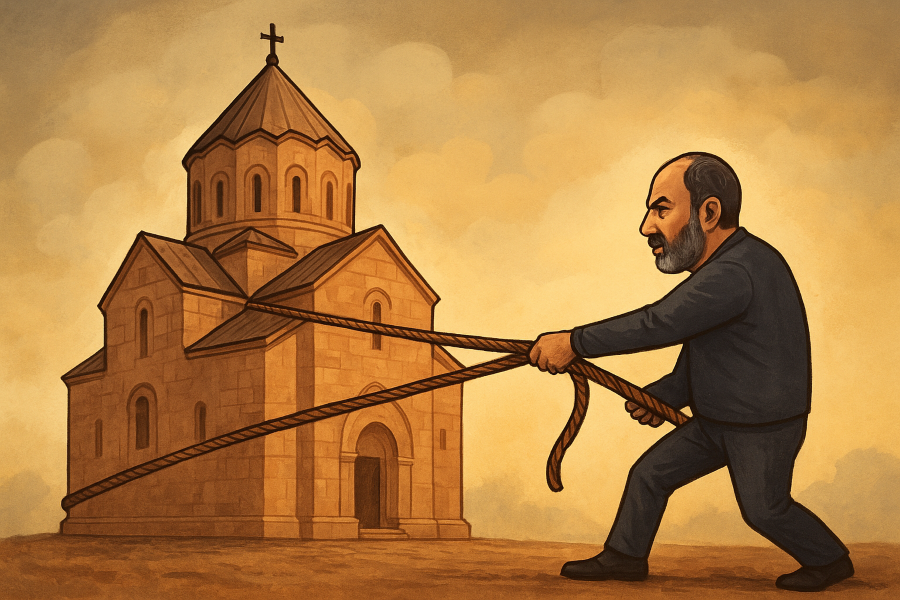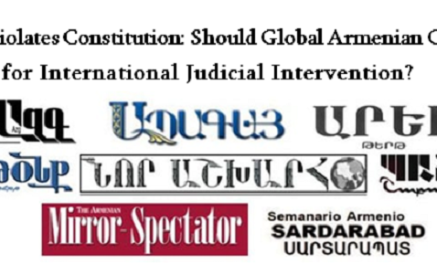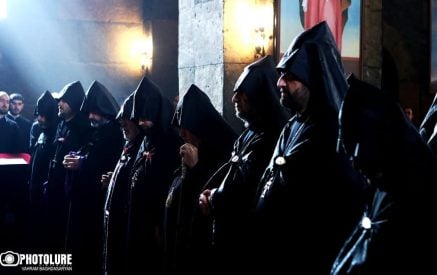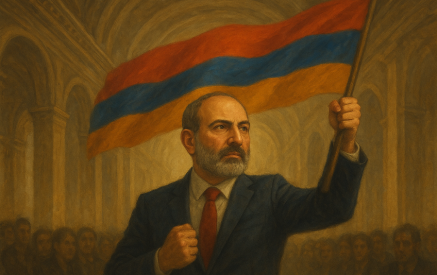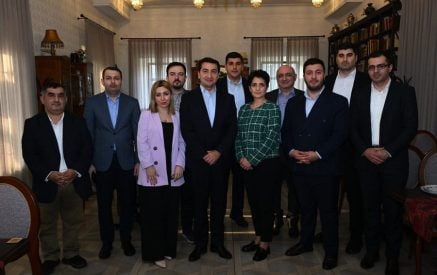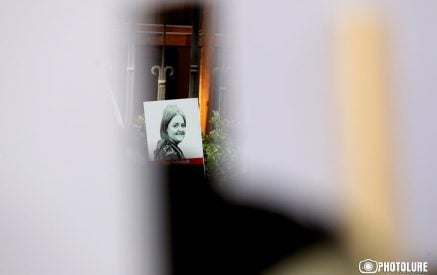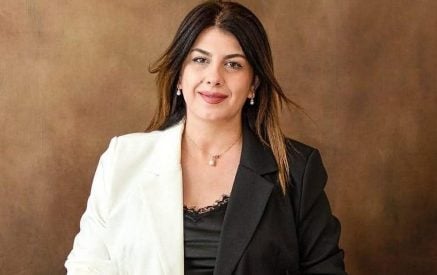The last time the Armenian Apostolic Church split was in 1956. As is well known, there were no theological contradictions between Etchmiadzin and Antelias—there never have been. The problem was purely political: the “Cold War,” and the differing positions of our traditional Diaspora parties.
Since then, and especially during the national awakening of 1988, certain successful steps were taken toward reconciliation—particularly through the efforts of two blessed figures: Catholicos of All Armenians Vazgen I and Catholicos of the Great House of Cilicia Karekin II (who later became Catholicos of All Armenians Karekin I).
Have all contradictions been resolved? Clergymen and scholars insist that they have not—that certain issues remain. The schism took place seventy years ago, yet we continue to bear its consequences today—and perhaps will for a long time to come.
Today we stand on the verge of a new division, and once again the reasons are not theological. What are they, exactly? I can hardly say. Is it the mental instability of Armenia’s current irresponsible leader, his cosmic ambitions that arise out of nothing, or his childish obsession with self-assertion? Or perhaps it is part of a deliberate plan to destroy both Church and State—a plan that has sponsors outside Armenia?
Read also
In any case, the danger of a schism is undeniable. If a coup takes place, people like me—both in Armenia and especially in the Diaspora—will never accept a Nikolian Catholicos or the clergy who submit to him. If the coup fails, yet this government remains, then the state’s furious propaganda and repressions against the clergy will continue. There will certainly be tens of thousands of people (to use the Civil Contract Party’s terminology, “representatives of the people”) who will enjoy it.
How to prevent this division, I do not know. The abyss among Armenian citizens has grown so deep that I am not even sure whether a change of power could fix the situation.
…And the burden of these consequences will fall upon our grandchildren and great-grandchildren—if, of course, they still consider themselves Armenian.
Aram ABRAHAMYAN
The image was generated by artificial intelligence









